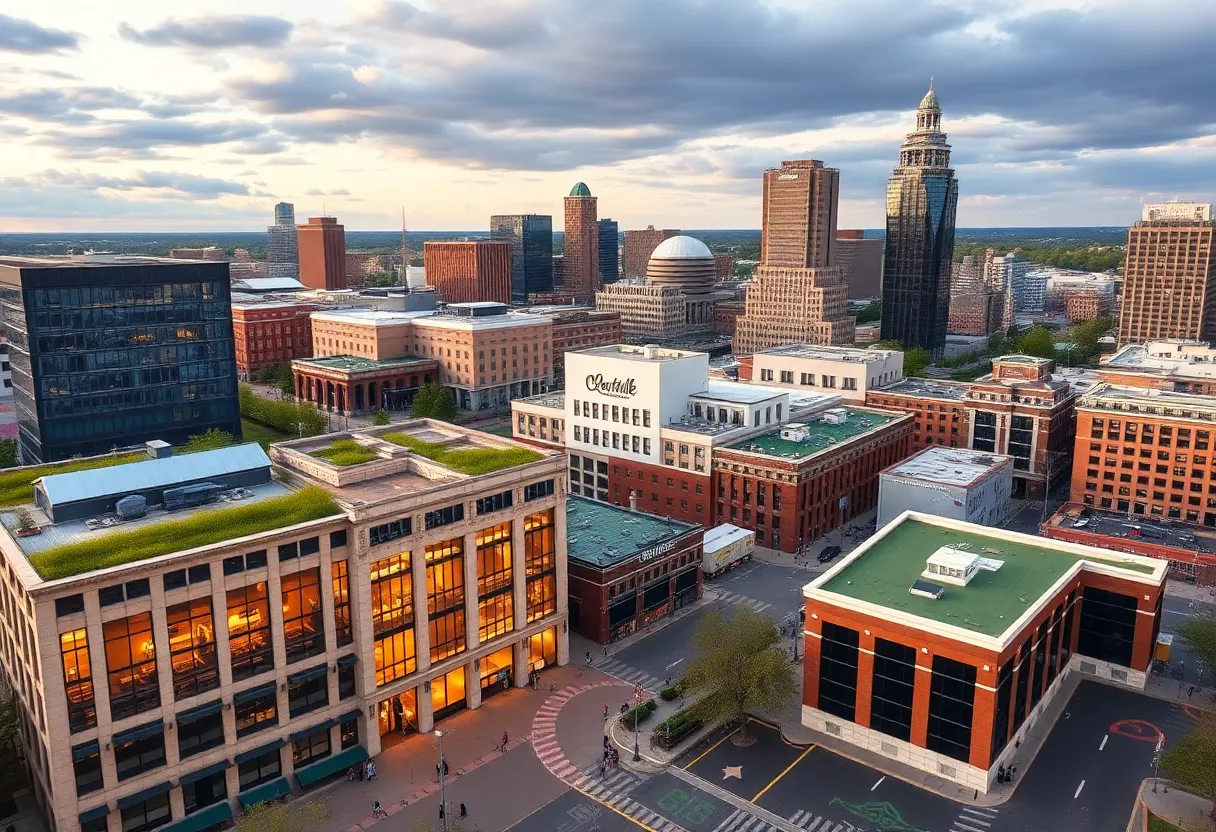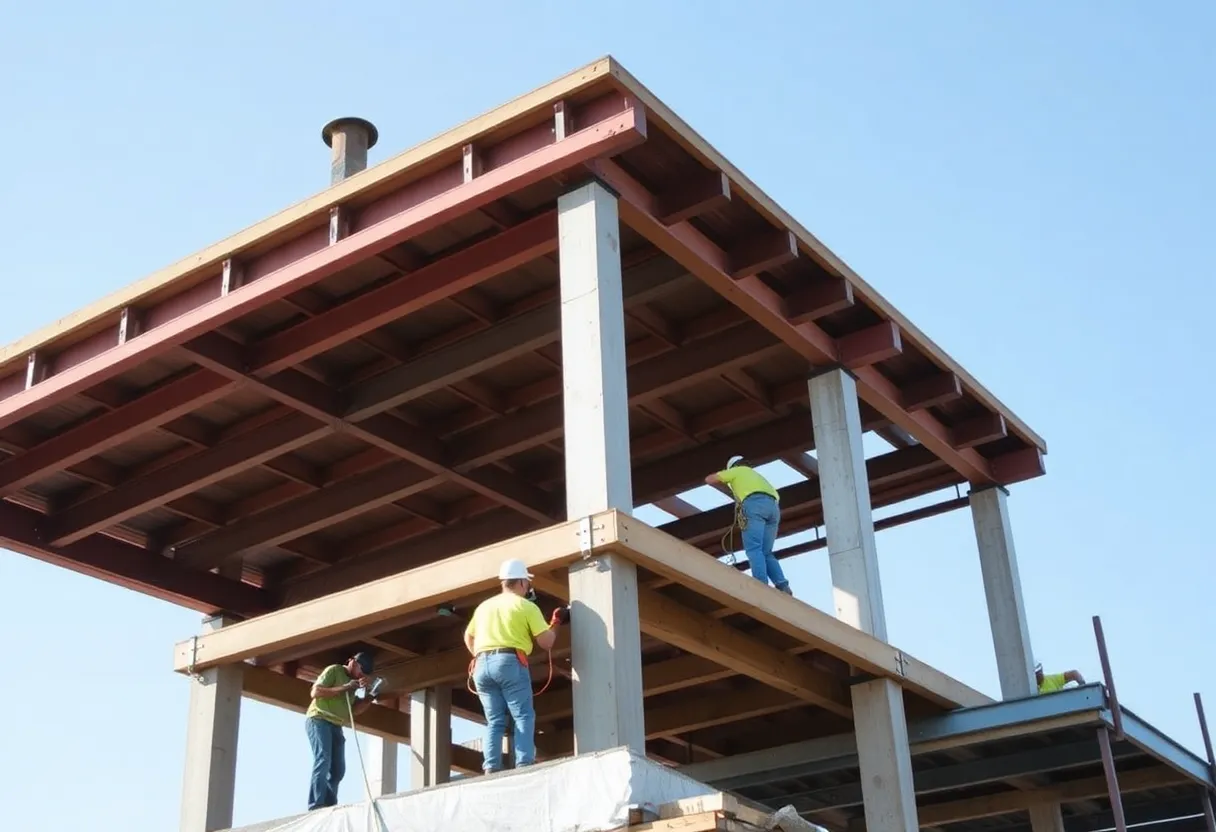Dotternhausen, Germany, August 18, 2025
News Summary
A 10 MW industrial waste‑heat recovery system has been installed at the Holcim cement plant in Dotternhausen, Germany. Heat is taken from the rotary kiln exhaust via a heat exchanger mounted at about 70 metres and transported by a high‑temperature thermal oil cycle to plant processes, local heat networks and an on‑site ORC power unit. The central generator is a large‑scale ORC designed for industrial duty. E.ON delivers the project under an Energy‑as‑a‑Service contract, with financial support from the Federal Ministry for Economic Affairs and Climate Action, aiming to cut Scope 2 emissions and enable wider roll‑out.
10 MW waste‑heat recovery plant launched at Dotternhausen cement works using new eP1000 ORC under Energy‑as‑a‑Service
The Holcim cement plant in Dotternhausen, Germany, is the site of a large industrial waste‑heat recovery project that will capture roughly 10 MW of unused heat from kiln exhaust gases. The system uses a high‑temperature thermal oil cycle to move recovered heat from a heat exchanger mounted at about 70 metres to plant processes, local heat networks and a new power unit based on Orcan Energy’s eP1000 Organic Rankine Cycle (ORC) machine. The project is being implemented under an Energy‑as‑a‑Service contract handled by E.ON Energy Infrastructure Solutions and is funded with support from the Federal Ministry for Economic Affairs and Climate Action.
What was installed and how it works
Exhaust gases from the plant’s rotary kiln normally carry high amounts of thermal energy that are often unused. In this project, heat is taken off the kiln exhaust via a heat exchanger located near the kiln’s exhaust stack at roughly 70 metres. A high‑temperature thermal oil cycle carries that heat to several destinations: internal Holcim processes, potential links to local district heating networks, and to the ORC unit where some of the heat is converted to electricity.
Power generation and the eP1000
The central power unit is Orcan Energy’s new eP1000 ORC system, designed specifically for heavy and large‑scale industrial tasks. The machine’s turbine is built to keep high efficiency during both full‑load and part‑load running, which lets it perform reliably when the amount of recovered heat varies. This flexibility is meant to support steady power output and smooth integration with other plant demands.
Contract and finance model
E.ON is responsible for planning, building, financing, operating and maintaining the installation under an Energy‑as‑a‑Service model. Under that arrangement, the host cement company does not need to provide upfront capital for the plant equipment. The model is intended to deliver long‑term energy cost savings, improved energy efficiency and cuts in carbon emissions for the plant while transferring operational risk and delivery to the service provider.
Expected benefits and role in decarbonisation
The project is framed as an example of how targeted waste‑heat recovery can reduce energy use and emissions in energy‑intensive industries. Expected outcomes include operational savings, lower greenhouse gas output and a decline in the plant’s indirect power emissions (Scope 2). Project partners say the setup can be scaled and repeated at other industrial sites, and further roll‑outs are already being planned.
Funding and rollout plans
Financial backing comes from the Federal Ministry for Economic Affairs and Climate Action. Partners are planning additional deployments of similar systems beyond the initial Dotternhausen site, pointing to a broader push to capture and reuse waste heat across industry.
Stakeholder positions (paraphrased)
Plant management describes the installation as a key step toward lower emissions in cement making and a way to actively cut the plant’s Scope 2 emissions. The ORC supplier highlights the technology’s role in supporting the industrial energy transition with a scalable and efficient turbine design. The service provider emphasises that energy‑intensive sectors hold big potential for savings and that projects like this can feed recovered heat into regional heating markets.
Coverage and context
The scheme has been covered in several industry publications and discussed alongside wider industry topics such as carbon capture, utilisation and storage and circular economy measures. The project links technical waste‑heat recovery with broader efforts to reduce emissions in building materials production.
Technical and operational summary
Key technical points: around 10 MW thermal recovery; heat extracted at around 70 metres via a heat exchanger; transport by a high‑temperature thermal oil cycle; power conversion using the eP1000 ORC; flexible turbine efficiency across load ranges; E.ON providing turnkey delivery under an Energy‑as‑a‑Service contract.
Frequently Asked Questions
What size of heat recovery is being installed?
The system is designed to recover about 10 MW of thermal energy from the kiln exhaust stream.
Where is the heat taken from?
Heat is extracted from the rotary kiln exhaust gases via a heat exchanger located at roughly 70 metres above ground and then moved through a high‑temperature thermal oil loop.
What will the recovered heat be used for?
Recovered heat will be used for internal plant processes, can be routed to nearby district heating networks, and will feed an ORC unit to generate electricity on site.
What is the eP1000?
The eP1000 is a new large‑scale ORC system designed for heavy industrial use. It is built to keep efficiency at both full and part loads so it can handle changing heat supply conditions.
Who pays for the installation?
The plant is being delivered under an Energy‑as‑a‑Service contract, where the service provider covers planning, construction, financing and ongoing operation, meaning no upfront capital is required from the host site.
What are the environmental benefits?
Capturing and using waste heat reduces the need for purchased energy, lowers Scope 2 emissions and cuts overall CO2 output from the plant’s processes.
Key project features
| Feature | Details |
|---|---|
| Location | Dotternhausen cement plant, Germany |
| Partners | Site operator, energy service provider and ORC supplier |
| Thermal recovery | Approximately 10 MW recovered from kiln exhaust |
| Extraction point | Heat exchanger mounted at ~70 metres on kiln exhaust |
| Heat transport | High‑temperature thermal oil cycle |
| Power conversion | Orcan Energy eP1000 ORC system |
| Contract model | Energy‑as‑a‑Service with no upfront capital for host |
| Funding support | Federal Ministry for Economic Affairs and Climate Action |
| Planned rollout | Further similar deployments are under joint planning |
Deeper Dive: News & Info About This Topic
Additional Resources
- CemNet: Orcan Energy and E.ON launch WHR project at Dotternhausen plant
- Wikipedia: Waste heat recovery
- Global Cement: New waste‑heat recovery project at Holcim’s Dotternhausen cement plant
- Google Search: Dotternhausen eP1000 ORC Orcan Energy
- World Cement: Holcim, E.ON and Orcan Energy launch joint large‑scale project
- Google Scholar: waste heat recovery cement ORC
- Orcan Energy: News & press (company updates and product info)
- Encyclopedia Britannica: Organic Rankine cycle (search)
- E.ON: Media & press (Energy‑as‑a‑Service announcements)
- Google News: Dotternhausen waste heat recovery Holcim
Author: Construction FL News
The FLORIDA STAFF WRITER represents the experienced team at constructionflnews.com, your go-to source for actionable local news and information in Florida and beyond. Specializing in "news you can use," we cover essential topics like product reviews for personal and business needs, local business directories, politics, real estate trends, neighborhood insights, and state news affecting the area—with deep expertise drawn from years of dedicated reporting and strong community input, including local press releases and business updates. We deliver top reporting on high-value events such as the Florida Build Expo, major infrastructure projects, and advancements in construction technology showcases. Our coverage extends to key organizations like the Associated Builders and Contractors of Florida and the Florida Home Builders Association, plus leading businesses in construction and legal services that power the local economy such as CMiC Global and Shutts & Bowen LLP. As part of the broader network, including constructioncanews.com, constructionnynews.com, and constructiontxnews.com, we provide comprehensive, credible insights into the dynamic construction landscape across multiple states.





